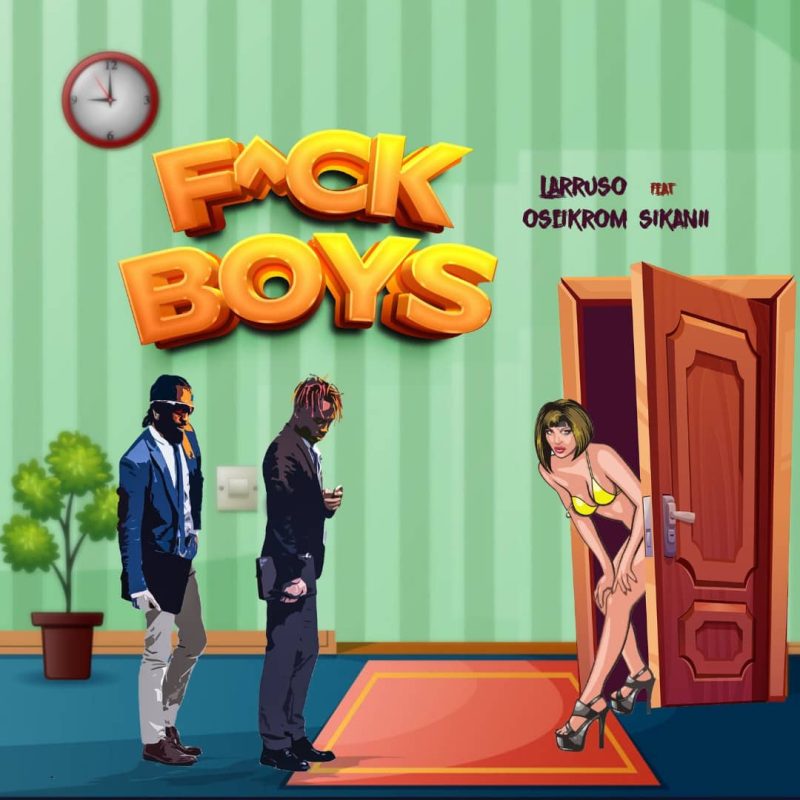Anton Corbijn tells us about his first documentary ‘Squaring The Circle’ and the power of rock’n’roll art studio Hipgnosis
Written by ABR on 12/07/2023

Legendary photographer and filmmaker Anton Corbijn has spoken to NME about his new documentary Squaring The Circle, which focuses on Hipgnosis, the art studio behind iconic album sleeves from Pink Floyd, Led Zeppelin, Wings, and more.
From their psychedelic debut album artwork for Pink Floyd’s ‘A Saucerful Of Secrets’ in 1968 to their dissolution in 1983, Hipgnosis – which consisted primarily of Storm Thorgerson and Aubrey ‘Po’ Powell – created some of the most striking cover images in rock’n’roll history.
Now, the company behind Pink Floyd’s famous ‘The Dark Side Of The Moon’, ‘Wish You Were Here’ and ‘Animals’ covers, as well as equally memorable images for Led Zeppelin, Wings, 10cc, Peter Gabriel and many others, is the subject of the new, feature-length documentary. The film includes interviews with Paul McCartney, Pink Floyd, Peter Gabriel, and other key players and is set for a cinematic release on Friday (July 14).
NME spoke to Corbijn about the new documentary, the power of Hipgnosis and their turbulent journey from down-at-heels hippies to rock art heroes.

Why did you want to make a documentary about Hipgnosis?
“Po came to Amsterdam and asked me to be the man making the documentary about Hipgnosis. I was very reluctant initially, but when I met him, he’s such a great storyteller. I thought, well, we have this person who could tell stories firsthand with all these record sleeves that are great. With a bit of luck, we could get the artists to participate and all the ingredients for the documentary are there. I’ve never made a documentary before. I wasn’t really sure what was needed from me, but I learned.”
Was their work particularly important to your life?
“In as much as I thought record sleeves were important in my life. When I grew up, that was a major thing, especially if you’re an aspiring photographer. That’s where I saw my pictures ending, record sleeves, or magazines. I didn’t think of gallery shows at that time. Magazines, record sleeves, I had a focus on that and I was definitely aware of the Hipgnosis sleeves, and within that world, it was very important.”
You’ve said that it was the cow on the front of Pink Floyd’s ‘Atom Heart Mother’ was the first Hipgnosis image that grabbed you…
“The audacity of just having a cow on the cover, and I liked the album. I haven’t played it for ages, but at the time, I loved it. The memory of the record, visually, is connected to the audio, these went hand in hand for me.”
Did that sort of image open your eyes to the possibilities of what cover art could do?
“I was very naive in my approach to these things at the time. I was young, so I don’t think it did. I was always thinking still of photographing the artist. I was more of the punk attitude. I don’t have any diplomas or anything, but I’m just doing it. They had a punk attitude to them, too, by just going for it. But I think the people they photographed for were from a different era…I’m post-punk, they’re pre-punk.”
When you look at your work with Depeche Mode and U2, there’s a similar sense of scale.
“But it’s straightforward. I don’t put all kinds of objects in the shot, like Hipgnosis did with all the desert shots or the beds on the beach [for Pink Floyd’s 1987 album ‘A Momentary Lapse Of Reason’], which I don’t like too much, so I didn’t feature them…To me, that’s just photographing an idea, and it doesn’t go further than that. You need to be so careful because an idea can sound great on paper, but how you shoot it is just as important as the idea itself.”

But when Hipgnosis put something seemingly impossible on an album sleeve, often photographed for real, it almost magnified the mysticism of the music inside.
“I liked that element because I think it’s too easy to do everything on a computer. But some ideas are not as good as they might sound, and if you just go for scale, that doesn’t always mean it’s good.”
They could also throw ideas at the wall and have them accepted as genius. Yes’ ‘Tormato’ album, for instance, featured a photo of a man with divining sticks obscured by a tomato that the band, or Hipgnosis (depending on who you believe), threw at the artwork when the band rejected it.
“I quite like that, it’s three dimensional, it’s quite nice. But I like [Led Zeppelin’s] ‘Presence’ a lot, too, because the idea of the object [a black monolith placed into various everyday 1950s and ‘60s stock photos] is fantastic. That’s so good. I said to Po, I think you could just have had the object itself on the cover, and it would have been fantastic. There’s a strength to it.”
Which other covers fascinated you?
“Peter Gabriel ones, and [Pink Floyd’s] ‘Wish You Were Here’. The story for ‘Wish You Were Here’ [featuring a stuntman on fire] was really good. But then, for me, to wrap up the album sleeve in black, that’s a little too far, but okay, you must be so into your own thing to do that. It’s quite demanding of the audience. I like the idea that you’re going to see something you don’t expect to see. With Depeche, we once did a 12” sleeve for ‘World In My Eyes’, which was very bluish and then we put it into blue plastic. So you could see the imagery, but because it was blue-on-blue, it was different when you took it out. I thought that was quite nice.”
What did you learn about Storm and Po making the film?
“The fact that they were at loggerheads over so many things, and at the same time, there’s this story of love and loss in the film. It’s quite sad at the end when he realised that he’d lost what he’d worked on, the relationship with Storm, and it was all about money, it was insane.
“I would have loved to meet Storm. A really difficult guy but very talented. I don’t think he could help himself. He wanted to be difficult. Nick Mason sums it up by saying, ‘he was a guy who wouldn’t take yes for an answer’, he would always be argumentative, and that’s tiring, I’m sure. But he did come up with the ideas.”
Did you get any indication of where those wild ideas came from?
“I don’t know if it’s because they took LSD trips, and for him, it had a positive effect in that sense, it opened the box. It was very hard to judge that without asking him.”
You made the film in lockdown – what difficulties did that impose?
“Considering most of the musicians were between 75 and 80, they were worried. Either they wouldn’t leave their home, or they wouldn’t let you come into their home. So it was shot over a long period of time. I tried to have the lighting the same everywhere so it didn’t feel that it was different.”

Was shooting it in black and white in order to bring out the vibrancy of the art?
“It became that idea. It started off in colour and then I realised that the quality of all the archival footage was not really how I would have liked to have shot it because you have no control over that. A way to use it well would be to bring everything as a uniform look and that was in black and white. And then make the album sleeves the highlight of your day when you look at those. That worked really, really well.”
Have you now got the documentary bug?
“No. I’m not sure if I’m curious enough sometimes and that I’m maybe more of an observer than a participant.”
What’s the next project you’ve got coming up?
“I’m working on a sleeve for The Killers and then I’m doing a film a bit about [The Talented Mr Ripley author] Patricia Highsmith’s last year, with Helen Mirren playing her. We’re casting at the moment and then hope to shoot it in the autumn in Switzerland – it’s called Switzerland because that’s where she lived at the end of her life. It’s fictional, though. She did live in Switzerland, so we keep that element, but the rest is all fiction. It’s basically a Ripley story.”
When they make your documentary, who should direct it?
“I hope nobody does that. I have no idea. Maybe an actor should do it – all my photography friends are quite old. I would trust Willem Defoe.”
The post Anton Corbijn tells us about his first documentary ‘Squaring The Circle’ and the power of rock’n’roll art studio Hipgnosis appeared first on NME.



 ABR Group
ABR Group